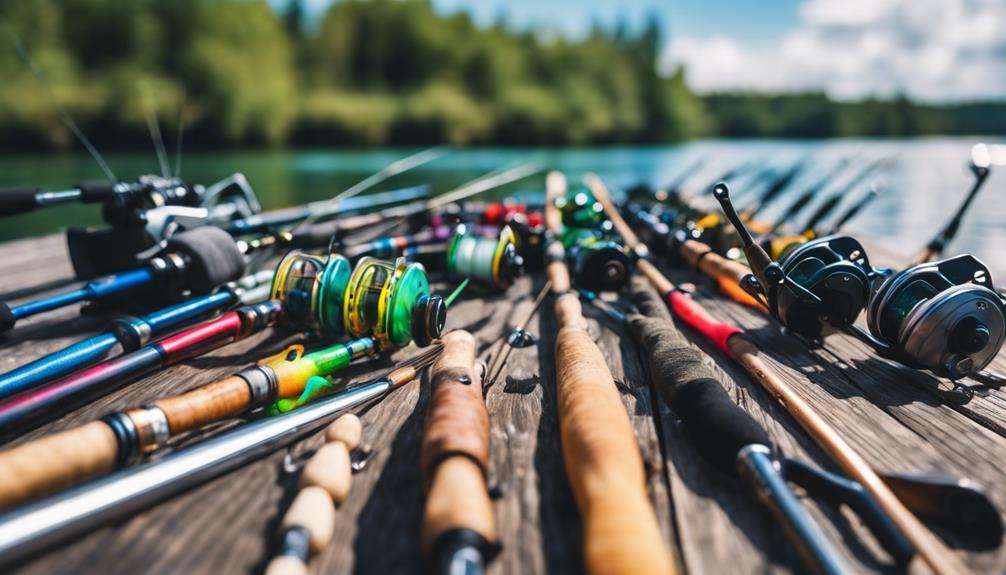Understanding the Fly Fishing Tattoo Trend
In recent years, the fly fishing tattoo has emerged as a popular choice among fishing enthusiasts and tattoo lovers alike. This unique design not only symbolizes a beloved hobby but also reflects a deeper connection to nature, adventure, and the art of fishing. Unlike traditional fishing tattoos, which may depict standard fishing gear or catch, fly fishing tattoos capture the intricate beauty of flies and the serene landscapes where fly fishing often takes place. Whether you’re a seasoned angler or a novice looking to commemorate a memorable fishing trip, a fly fishing tattoo can be a meaningful expression of your passion.
Symbolism Behind Fly Fishing Tattoos
The symbolism of a fly fishing tattoo goes beyond just the act of fishing. It represents patience, skill, and the beauty of the natural world. For many, fly fishing is not just a pastime; it’s a meditative experience that fosters a deep connection with the environment. The tattoo can symbolize the tranquility found in nature, the thrill of the chase, and the art involved in crafting the perfect fly. Additionally, the choice of specific flies in the tattoo design can hold personal significance, representing favorite fishing spots, memorable catches, or even life lessons learned while waiting for a fish to bite.
Popular Design Elements of Fly Fishing Tattoos
When it comes to fly fishing tattoos, there’s a plethora of design elements to consider. Common motifs include realistic depictions of various flies, fishing rods, and scenic landscapes featuring rivers, mountains, or lakes. Some enthusiasts opt for more abstract designs, incorporating elements like water droplets, waves, or even compass roses to signify adventure. The color palette can range from vivid hues to monochrome ink, depending on personal preference. Ultimately, the design should resonate with the individual’s fishing experiences and aesthetic taste, making it a unique piece of art that tells a personal story.
Choosing the Right Placement for Your Tattoo
Placement is a critical aspect to consider when getting a fly fishing tattoo. This decision can depend on the size of the tattoo, personal preference, and how visible you want it to be. Common placements include the forearm, back, and calf, which offer ample space for detailed designs. For those looking for a more subtle approach, smaller tattoos can be placed on the wrist or ankle. It’s important to think about how the tattoo will be perceived in different settings, especially if you work in a professional environment. Ultimately, the right placement enhances the tattoo’s visibility and personal significance.
Finding Inspiration for Your Fly Fishing Tattoo
Inspiration for fly fishing tattoos can come from various sources. Nature itself is a rich wellspring of ideas, with the intricate details of flies and the serene beauty of fishing locations. Additionally, online platforms like Pinterest and Instagram provide endless galleries of tattoo designs that can spark creativity. Visiting local tattoo shops can also be an excellent way to view portfolios and discuss ideas with artists who specialize in nature and wildlife tattoos. Remember to compile images and sketches that resonate with you, as this will help the tattoo artist better understand your vision.
Choosing the Right Tattoo Artist
Choosing the right tattoo artist is crucial for achieving the best results for your fly fishing tattoo. Look for an artist who specializes in nature-themed or detailed work, as they will have the skills required to execute your design flawlessly. Reviewing their portfolio is essential to ensure their style aligns with your vision. Additionally, don’t hesitate to ask questions about their experience with similar designs, their tattooing process, and aftercare advice. A good tattoo artist will welcome your input and collaborate with you to create a piece that you will cherish for years to come.
Aftercare Tips for Your Fly Fishing Tattoo
Proper aftercare is vital for the longevity and appearance of your fly fishing tattoo. Immediately after getting inked, follow your tattoo artist’s specific aftercare instructions, which typically include keeping the area clean and moisturized. Avoid exposing your tattoo to direct sunlight, soaking it in water, or engaging in strenuous activities for at least a couple of weeks. Regularly applying a fragrance-free lotion can help maintain the vibrancy of the colors and prevent fading. By taking these precautions, you can ensure that your tattoo remains a beautiful representation of your love for fly fishing.
Celebrating Your Passion: The Community of Fly Fishing Enthusiasts
A fly fishing tattoo not only represents your personal journey but also connects you to a broader community of enthusiasts. Many anglers proudly display their tattoos as a badge of honor, sparking conversations and camaraderie among fellow fishermen. This shared interest can lead to new friendships, fishing trips, and even collaborative projects, such as conservation efforts to protect natural habitats. By embracing your tattoo, you become part of a vibrant community that celebrates the art of fly fishing and its impact on our lives and the environment.
Conclusion
In conclusion, a fly fishing tattoo is a unique and meaningful way to express your passion for this beloved pastime. With its rich symbolism, diverse design elements, and the opportunity to connect with a community of like-minded individuals, a fly fishing tattoo can be a lasting tribute to your experiences on the water. Whether you’re looking to commemorate a cherished memory, showcase your love for nature, or simply celebrate your favorite hobby, a well-thought-out fly fishing tattoo is sure to be a conversation starter and a source of pride for years to come. As you embark on this journey, remember to choose a design and artist that reflects your personal story, ensuring that your tattoo is not just an image, but a piece of art with profound meaning.
